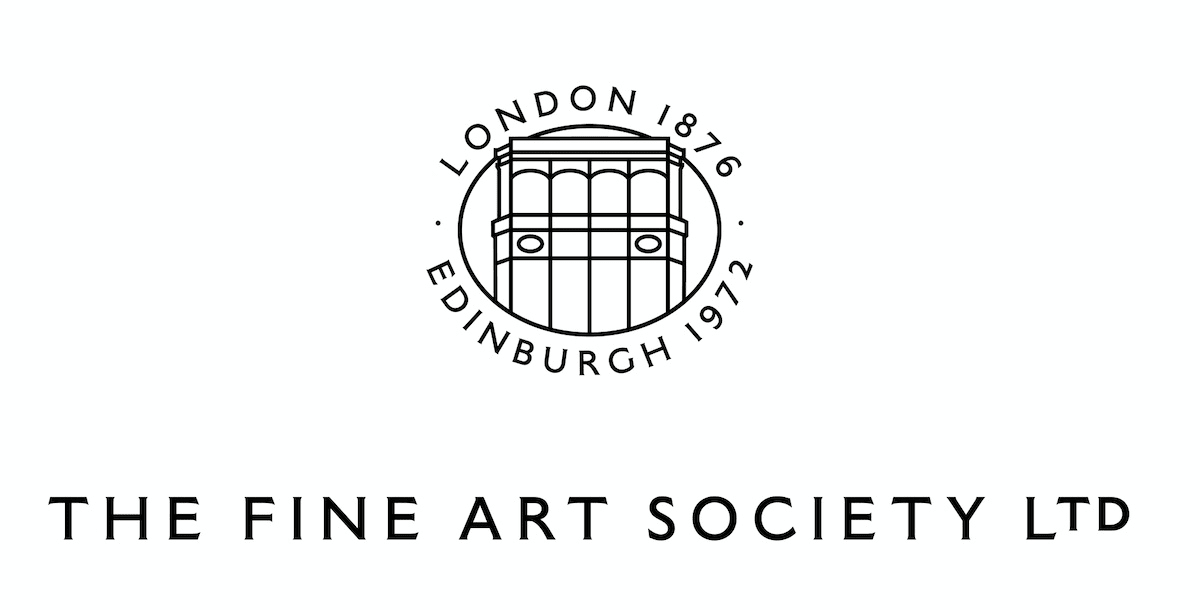Samuel Palmer and The Fine Art Society
Samual Palmer died in 1881 and the gallery staged his memorial exhibition, a major retrospective which was of great importance in establishing his lasting reputation. It was also the pattern for many subsequent shows in the gallery, which is credited with the virtual invention of the one-man-show. Whistler was celebrated in an exhibition in April and Palmer is the subject of this special display in the 140th anniversary celebration show this month.
Two men who figured in The Fine Art Society’s early years, John Ruskin and F.G. Stephens, had a high opinion of Palmer’s work. Ruskin praised him in Modern Painters and Stephens, a member of the Pre-Raphaelite Brotherhood, made the first critical assessment of Palmer’s early work in the catalogue of the memorial exhibition held at the gallery in 1881.
The contradictions in Palmer’s views and actions may explain, as well as his works themselves, his continued relevance. He was both modern and traditional, innovative and inspired by the past. He in turn has inspired many artists who followed him, including Paul Nash, John Piper and Graham Sutherland, who described him as ‘a sort of English Van Gogh.’ In fact in 1949 Kenneth Clark was moved to say that Palmer had been ‘almost too influential.
Both as a painter and as a printmaker Samuel Palmer rekindled interest in pastoral art, a genre which had become largely unfashionable in his time. At the end of his life he translated and illustrated Virgil’s Eclogues, a fundamental text. William Vaughan in his definitive study of the artist, published last year, points to a recent assessment by Mark Abley: ‘Something new had entered English Painting: the willingness to make pastoral landscape a vehicle for intense turbulent emotion.’

